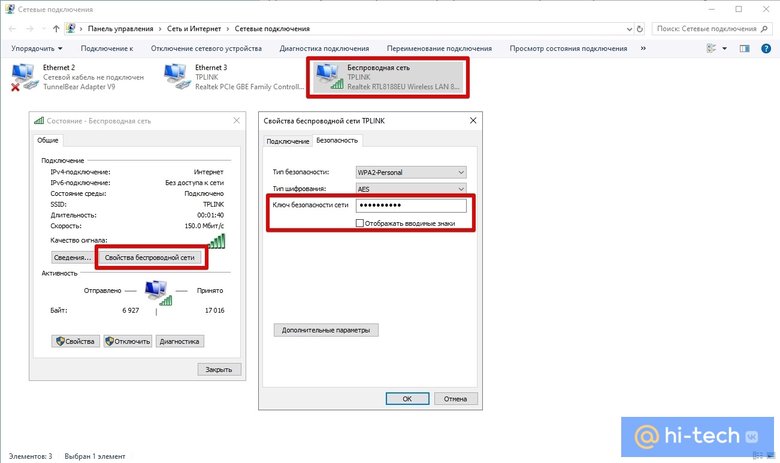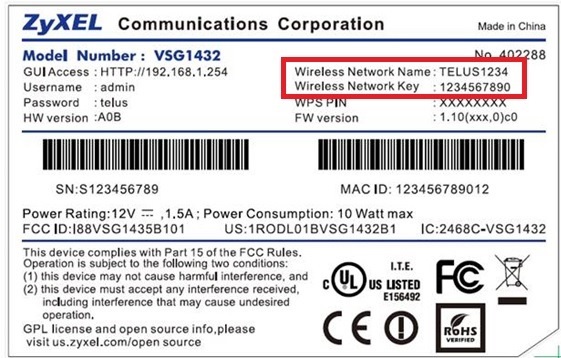
Have you ever found yourself in a situation where you needed to locate wireless networks around you but weren’t sure where to start? Understanding how to detect Wi-Fi signals can be pivotal in today’s interconnected world. Whether you’re troubleshooting connectivity issues or simply exploring available networks, recognizing these signals is essential.
Identifying these wireless networks involves more than just glancing at your device’s screen. It entails discerning the invisible threads that connect us to the digital realm. By grasping the fundamentals of Wi-Fi detection, you gain a deeper insight into the intricate web of connectivity that surrounds us.
Exploring this process allows you to uncover the myriad of networks pulsing through the air, each with its own digital fingerprint. This article delves into practical methods and tools that can aid in this quest, empowering you to navigate the wireless landscape with confidence.
Discovering Your Wireless Password

In this section, we explore the methods to uncover the key that grants access to your wireless network. Understanding this vital piece of information enables you to connect devices to your home or office network effortlessly. Let’s delve into the techniques that reveal the secret phrase essential for accessing your Wi-Fi.
Locate the Security Key
Begin by identifying the security key that serves as the gateway to your wireless network. This key, also referred to as the passphrase or password, encrypts the communication between your devices and the Wi-Fi router, ensuring a secure connection. Knowing where to find this key on your router or computer settings is crucial.
Unearthing the Code on Your Router
Your Wi-Fi router stores the access key within its settings, typically accessible via a web interface or a dedicated app. Navigating through these settings unveils the encrypted code necessary for network access. Familiarize yourself with the steps to access your router’s administration panel to retrieve this information securely.
Exploring Device Configurations
Alternatively, your connected devices may already possess the saved Wi-Fi password. By exploring the network settings on your computer, smartphone, or tablet, you can locate the password stored in a secure format. This method provides a convenient way to reconnect devices without manually entering the passphrase each time.
Utilizing Third-Party Applications
For those seeking simpler solutions, various third-party applications offer streamlined processes to uncover saved Wi-Fi passwords across different devices. These tools often provide user-friendly interfaces, making it easier to retrieve and manage network credentials.
By mastering these methods, you gain the ability to confidently manage your wireless network’s security key, ensuring seamless connectivity across all your devices.
Checking the Router Label
When examining the router label, you’re delving into a vital aspect of network exploration. This label encapsulates critical details about your network hub, offering a snapshot of its configuration and capabilities. It acts as a repository of essential information, containing specifics that unveil the inner workings of your network setup.
Identifying the correct router model ensures compatibility with various devices, guaranteeing seamless integration into your network ecosystem. The label enables users to swiftly discern key operational parameters, such as wireless network protocols and frequency bands supported by the device.
Delving into the intricacies of the router label also reveals security information, including default credentials and instructions for configuring access points. It provides a foundational understanding for managing network security effectively, equipping users with necessary details for safeguarding their digital assets.
Furthermore, the label offers insights into network performance metrics, such as maximum data transfer rates and Ethernet port specifications. This data facilitates informed decisions when optimizing network connectivity and throughput.
Scrutinizing the router label thus becomes a pivotal step in network administration, empowering users to maximize the potential of their home or office networks.
Locating the Default Credentials

In the realm of network security, identifying the default credentials associated with devices plays a critical role. This section explores the process of discovering the preconfigured access details that are commonly used by manufacturers. Such information serves as the initial entry point for configuring and securing network-connected hardware.
| Understanding Default Credentials | Default credentials are the preset usernames and passwords that manufacturers embed into their devices. They are designed to simplify initial setup but can pose significant security risks if not promptly changed. |
| Locating Default Credentials | Default credentials can often be found in the product documentation provided by the manufacturer or on their official website. Additionally, certain online databases catalog known default credentials across various devices. |
| Security Implications | Failure to change default credentials can lead to unauthorized access, making devices vulnerable to malicious activities such as hacking and data breaches. Therefore, it is crucial for users to replace default credentials with strong, unique passwords. |
| Best Practices | Best practices recommend changing default credentials immediately after initial setup. Additionally, organizations should enforce policies that mandate regular password updates and the use of complex, hard-to-guess passwords to mitigate potential security threats. |
Understanding Router Information Labels
In the realm of networking devices, routers are equipped with vital informational markers that serve as windows into their operational details. These markers, often presented as labels or tags, provide essential insights into the configuration and status of the router. By examining these descriptors, users can glean pertinent data about the network setup without delving into intricate technical manuals.
| Label Type | Description |
| Model Number | The identifier specifying the router’s model variant, aiding in compatibility assessments for upgrades and support. |
| Serial Number | A unique alphanumeric code assigned to each router unit, crucial for warranty verification and service tracking. |
| MAC Address | Media Access Control address, identifying the router’s network interface hardware, essential for network management. |
| IP Address | The network address assigned to the router, facilitating device location and communication within the network. |
| Firmware Version | The software iteration running on the router, influencing performance, security, and feature availability. |
| Manufacturing Date | The timestamp indicating when the router was manufactured, useful for assessing age-related reliability and compatibility. |
By understanding these labels, users can efficiently manage and troubleshoot their network setups, ensuring optimal performance and security. These markers serve as pivotal reference points, enabling both novice and advanced users to navigate the complexities of network administration with clarity and confidence.